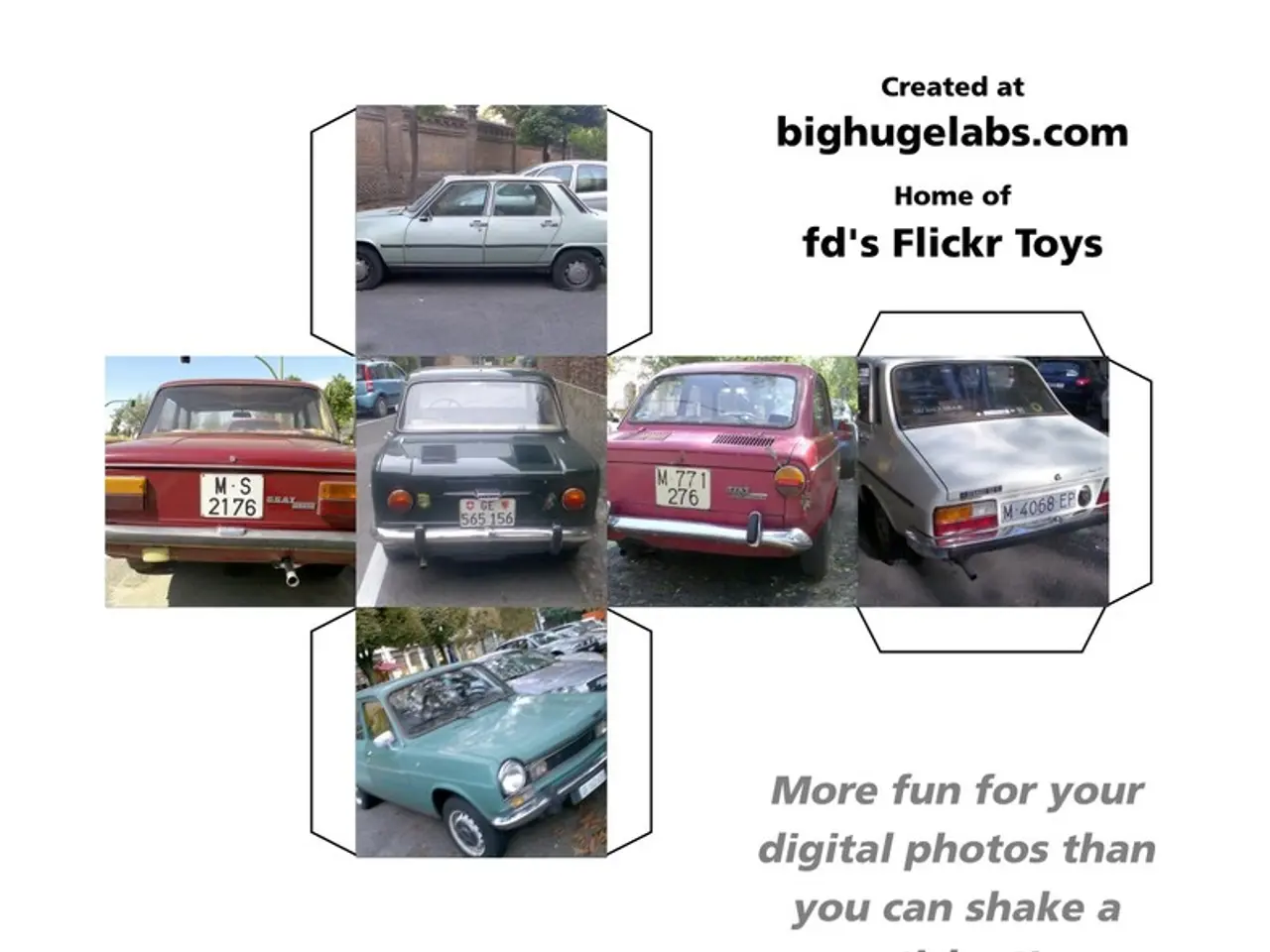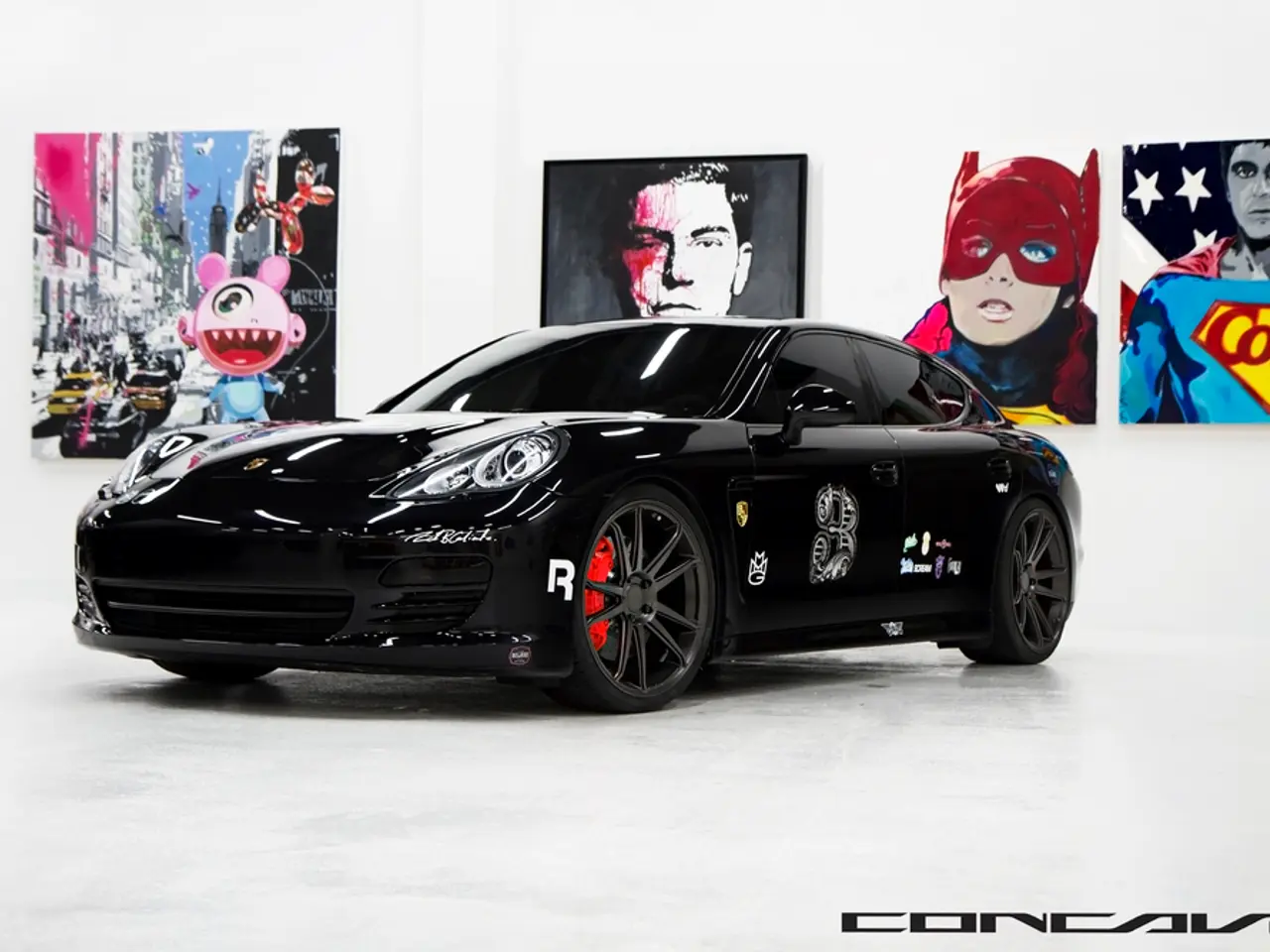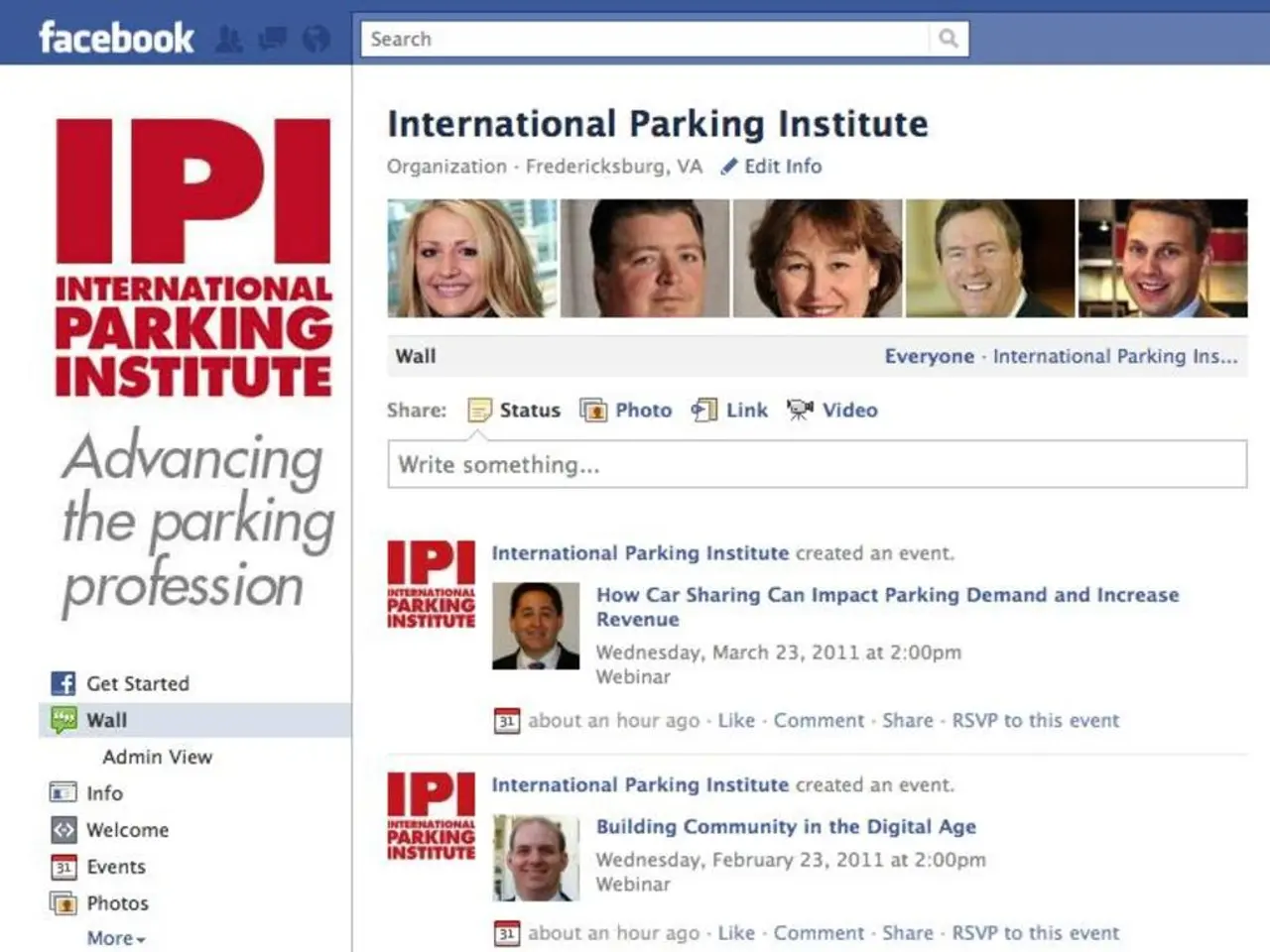Shifting Landscape: How the 5-15% Electric Vehicle (EV) Market Expansion Transforms the Common Ground
========================================================================================
In the journey of a technology from being a niche interest to becoming mainstream, several key factors come into play. This transition, often occurring around the 5-15% adoption rate, has been observed in various technologies, from digital photography to electric vehicles (EVs).
Norway, for instance, made a strategic early investment in public EV chargers starting in 2008, establishing a practical charging network that facilitated further growth. By 2015, the country had quickly passed the 15% adoption level for EVs, thanks to consistent infrastructure and policy support. The Netherlands followed suit, moving from 2% to over 10% EV adoption between 2013 and 2018, supported by dense charger networks and strong tax incentives.
Germany, initially lagging in EV adoption, later accelerated significantly, rising from about 3% adoption in 2019 to over 13% by 2021, following strong policy interventions and industry alignment. This pattern suggests that infrastructure investment, clear policy signals, and anticipating changes in consumer attitudes can significantly influence how quickly and smoothly a market transitions from old technologies to new.
The transition phase, between 5% and 15% adoption, is particularly significant. During this period, consumer psychology changes significantly. Early adopters influence others and gradually normalize the technology, reducing perceived risk and uncertainty. This stage is often marked by the early majority adopting a technology once early adopters prove its value.
Perceived benefits versus costs play a crucial role in this transition. Technologies that clearly improve productivity or user experience tend to cross the adoption threshold faster. In the case of EVs, the prospect of saving thousands of dollars annually on commuting costs on Finnøy, a Norwegian island, drove many to switch to electric vehicles by 2015, when approximately one in five cars were electric.
Infrastructure often provides an early measurable sign of impending change. The availability of adequate technical infrastructure and ecosystem support, such as complementary products, standards, and training, enables smoother adoption. For instance, the Netflix streaming service initially struggled to gain market share but saw a significant increase in adoption after approximately 15% of US households subscribed to streaming services by roughly 2012.
Effective communication and alignment of expectations are also essential. Organizations or vendors must clearly articulate why the technology is introduced, its added value, and expected benefits to users, enabling buy-in beyond innovators and early adopters. Lifecycle management and reliability assurance also play a role in increasing user confidence in investing and transitioning to a new technology.
Overcoming resistance to change is another critical factor. Customer reluctance and competing technologies can slow adoption. Addressing these through education, incentives, or improving usability is crucial. Understanding the subtle early signals before widespread adoption occurs provides the best opportunity for success in transitioning from old technologies to new.
In summary, the transition from niche to mainstream use within the 5-15% adoption window hinges on demonstrable value, infrastructure and ease of use, effective communication to stakeholders, trust in longevity and support, and overcoming resistance through social proof and incentives. These dynamics align with the technology adoption lifecycle, where innovators and early adopters (~2.5% and 11%, totaling about 13.5%) begin using a technology for its novelty and potential advantage. The 5% to 15% adoption window often represents the crossing from early adopters to the early majority — the stage where broader market acceptance begins if these factors are favorably managed.
[1] Rogers, E. (2003). Diffusion of innovations (5th ed.). Free Press. [2] Moore, J. F. (1991). Crossing the chasm: Marketing and selling high-tech products to mainstream customers. HarperBusiness. [3] Tapscott, D., & Williams, A. (2006). Wikinomics: How mass collaboration changes everything. Penguin.
- The newsletter highlighting the transition of electric vehicles (EVs) from niche to mainstream use recommends thorough infrastructure investment and clear policy signals for smooth market transition.
- Innovation in the transportation industry, such as electric vehicles, is often influenced by the charging policy and legislation, as seen in Norway's rapid EV adoption.
- Podcasts discussing the lifestyle changes associated with EV ownership may help overcome resistance to adopting electric-vehicles, making them more mainstream.
- By saving on commuting costs, residents of Finnøy, Norway, were attracted to electric vehicles, driving up adoption rates to nearly 20% by 2015.
- Automotive technology's transition from traditional vehicles to electric vehicles can be accelerated by effective communication about the technology's benefits and addressing customer concerns.
- The Netherlands' adoption of electric vehicles surged from 2% to over 10% between 2013 and 2018, boosted by a dense charger network and strong tax incentives.
- Finance analysts are closely watching the progress of the electric vehicle industry, as the technology moves from niche adoption to mainstream use, impacting both households and the global automotive market.
- In the technology adoption lifecycle, decision-makers should focus on demonstrating the value of innovative technologies, like electric vehicles, during the 5% to 15% adoption window to secure the endorsement of the early majority.




